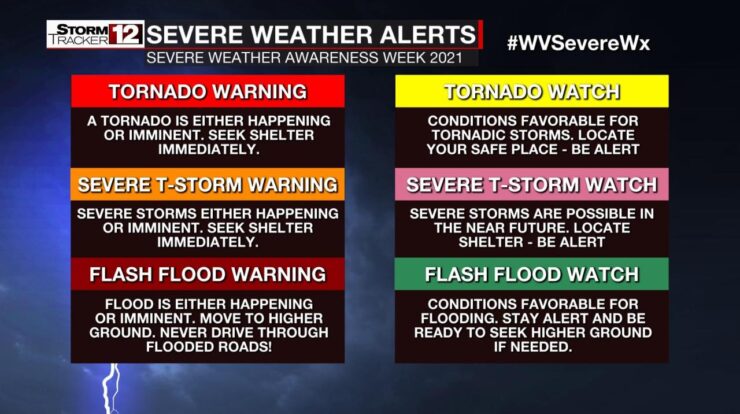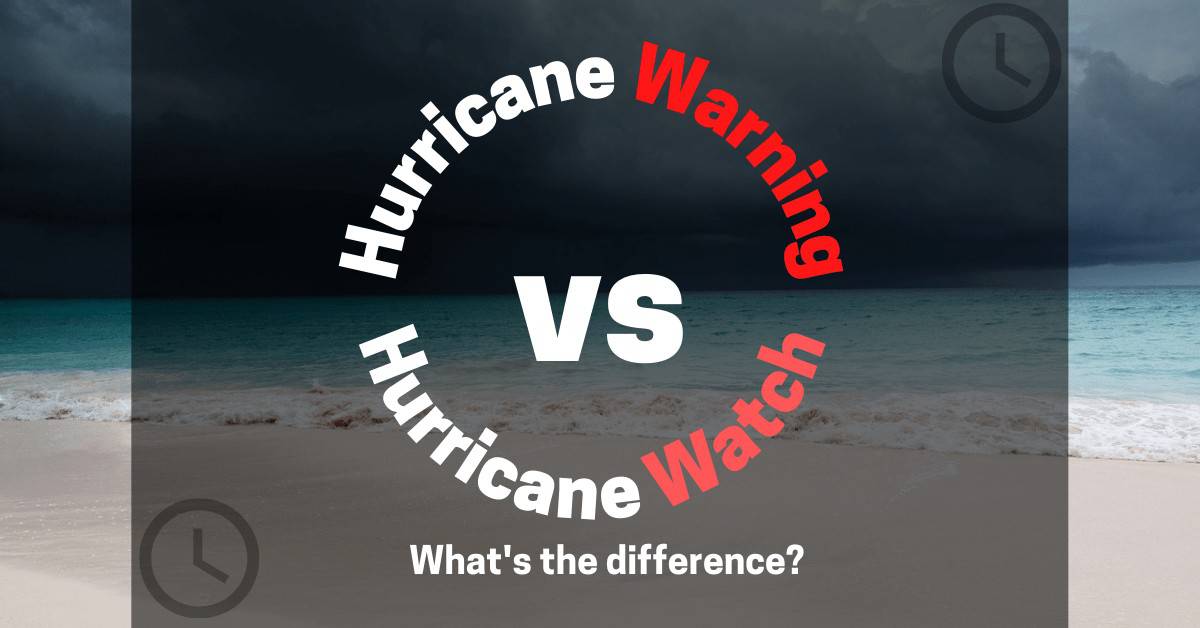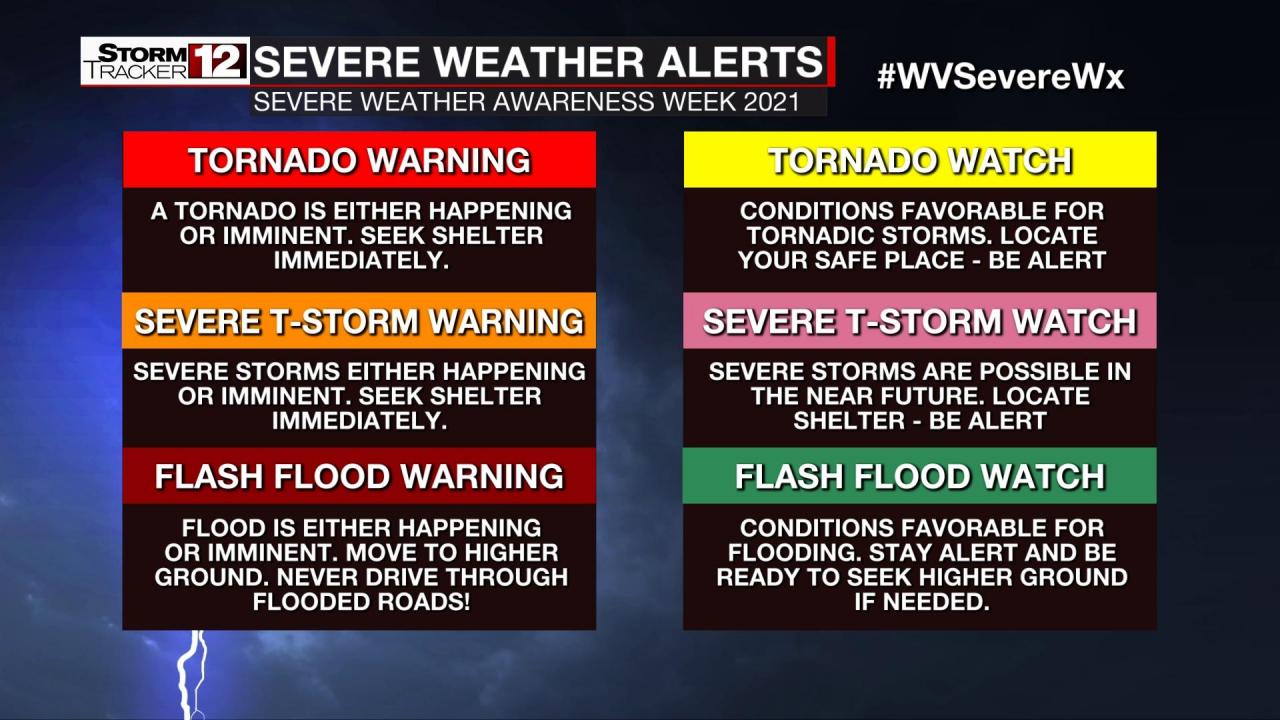
In the realm of meteorological alerts, the distinction between a watch and a warning can be crucial, influencing our preparedness and response to impending hazards. Embark on a comprehensive exploration of “Is Watch or Warning Worse,” where we delve into the nuances of these alerts and their impact on our safety and well-being.
The Elkhorn Nebraska Tornado was another powerful storm that caused significant damage. The tornado struck a residential area and caused widespread damage to homes and businesses.
Understanding the severity levels, issuance criteria, and potential impacts of watches and warnings is paramount. We’ll uncover the psychological effects they can trigger and analyze their broader societal implications. Join us as we navigate the complexities of these alerts, empowering you to make informed decisions when faced with potential threats.
Severity Comparison: Watch vs. Warning: Is Watch Or Warning Worse
Understanding the difference between a watch and a warning is crucial for public safety. Watches and warnings are alerts issued by meteorological agencies to inform the public of potential or ongoing hazardous weather conditions. However, they vary in severity and the level of risk they indicate.
Severity of a Watch, Is watch or warning worse
A watch is issued when conditions are favorable for the development of severe weather, but it is not yet imminent. It indicates a potential threat and advises people to stay informed and be prepared to take action if necessary.
The Lincoln Nebraska Tornado was a devastating storm that left a trail of destruction in its wake. The tornado caused widespread damage and left many people homeless.
Severity of a Warning
A warning is issued when severe weather is either occurring or is expected to occur shortly. It indicates a more immediate and significant threat, requiring immediate action to protect life and property.
The Netherlands Kings Day is a national holiday that is celebrated with parades, music, and street parties. It is a time for the Dutch people to come together and celebrate their shared heritage.
Issuance Criteria: Watch vs. Warning

Criteria for a Watch
Watches are issued when specific atmospheric conditions or forecasts indicate a potential for severe weather to develop within a certain time frame and area.
Criteria for a Warning
Warnings are issued when severe weather is either observed by spotters or indicated by radar, or when meteorological conditions are such that severe weather is imminent.
Impact on Individuals: Watch vs. Warning

Impact of a Watch
When a watch is issued, individuals should monitor weather forecasts and be prepared to take action if necessary. They should stay informed and consider developing an evacuation plan or preparing an emergency kit.
Impact of a Warning
When a warning is issued, individuals should take immediate action to protect themselves and their property. This may include seeking shelter in a sturdy building, moving to higher ground in case of flooding, or following evacuation orders.
End of Discussion

Whether it’s a watch or a warning, timely and accurate information is essential for safeguarding lives and property. By comprehending the differences between these alerts, we can better prepare ourselves for the challenges they present. Remember, every second counts when it comes to disaster preparedness.
Let’s harness the power of knowledge to navigate the spectrum of meteorological alerts and emerge as informed and resilient individuals.
The King is a symbol of unity and pride for the Dutch people, and Kingsday Netherlands is a vibrant celebration of their history, culture, and community.
Essential Questionnaire
What’s the key difference between a watch and a warning?
A watch indicates the possibility of a hazard developing, while a warning signifies that the hazard is imminent or already occurring.
When should I take action based on a watch or warning?
Take immediate action when a warning is issued, as it means the hazard is imminent. For a watch, monitor the situation and be prepared to act if necessary.
How can I stay informed about weather alerts?
Utilize official weather apps, websites, and local news sources to receive timely and accurate information on watches and warnings.





